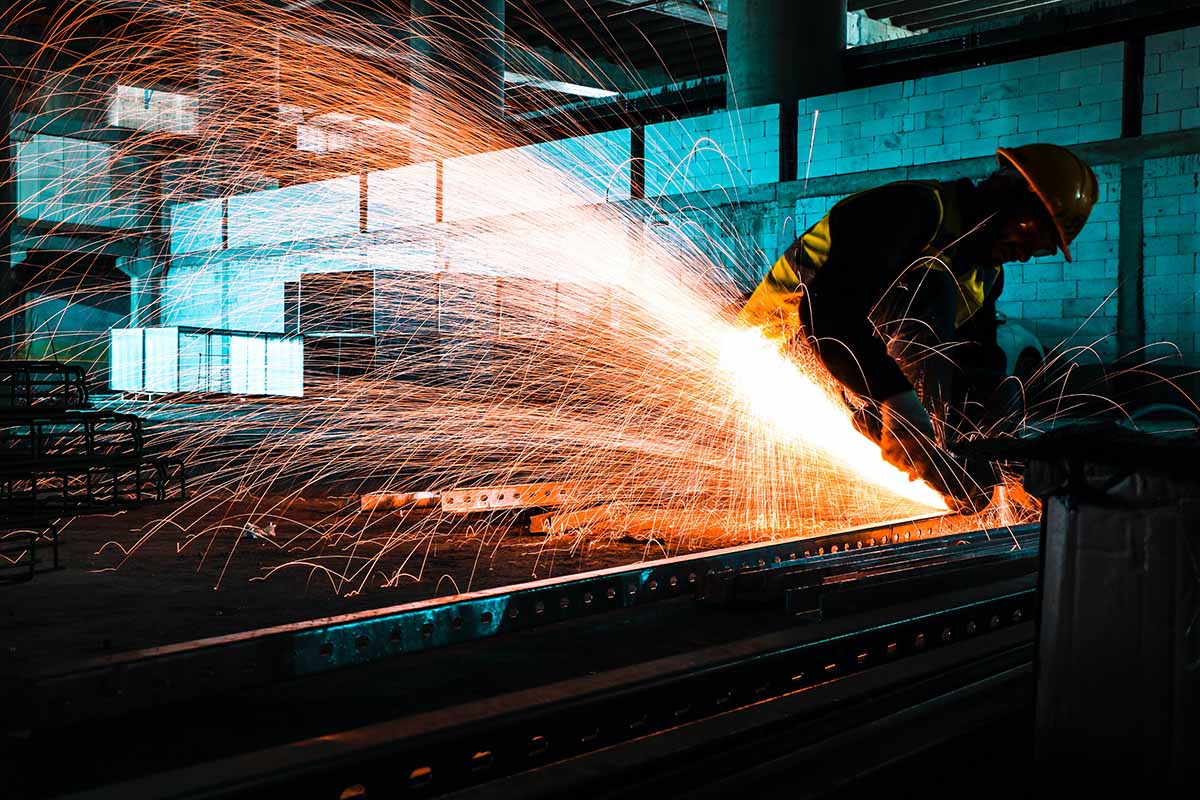Amplify Accuracy: Precision Cutting Tips
With the advancements in cutting technology over the past decade, more and more fabrication shops are turning to plasma cutters, waterjets, and oxy-fuel systems to achieve precise, accurate cuts on their projects. However, these tools can only be as exact as the operator guiding them. To ensure accuracy with every amount, it pays to know how to use each system properly.
Precision Cutting
Accurate and precise cutting is essential for any engineering or fabrication project. However, when it comes to precision cutting, the project’s success depends on accuracy. Improper cuts can lead to costly mistakes and time-consuming adjustments. Fortunately, there are some tips that you can use to ensure your projects turn out with perfect precision every time.
To ensure your cuts are accurate, start by providing that all of your equipment is in good working order and well-maintained. Next, inspect blades for any signs of wear and replace them when needed. Additionally, a quality saw blade or jigsaw will help reduce vibration and promote accuracy during the cutting process.
Finally, consider using a plasma cutter or oxy-fuel cutter from a company like Kerf Developments for harder materials like aluminum or steel. These tools provide high-precision cuts with minimal thermal distortion while reducing operator fatigue due to their lightweight design.
Tool Selection
The use of precision cutting tools is necessary for accuracy in the manufacturing process. Whether working with plastics, metals, or other materials, selecting the right tool can make all the difference in achieving a successful outcome. The three most common precision cutting tools are plasma cutters, waterjet cutters, and oxy-fuel torches. However, each has distinct advantages and disadvantages regarding tool selection.
Plasma cutters are one of the most commonly used precision cutting tools due to their affordability and operational simplicity. Plasma cutters provide clean cuts on most metals up to a certain thickness.
They also offer excellent portability and can be easily used in many locations. However, they are not suitable for thicker materials or non-metallic items like wood or plastic due to their intense heat output that could cause warping or melting of these materials. For thicker fabrics, you could opt for the oxy-fuel cutter. Not only can this tackle thicker jobs, but it also produces less waste than other processes.
Making Accurate Measurements
Accuracy is essential. Any inaccuracy results in a waste of materials, time, and money. Making accurate measurements is vital to obtaining the desired results. Automated CNC cutting machines can help greatly amplify accuracy while reducing labor costs by shortening production times.
To ensure that you are getting the most accurate measurements when using automated CNC cutting machines, it is essential to consider the following precision-cutting tips.
Firstly, ensure that all measurements are taken correctly and accurately. Secondly, use a good quality measuring tool like a caliper or micrometer to get an accurate reading each time. Thirdly, regularly check your settings on the machine itself and check for any potential obstructions or hindrances that could alter accuracies, such as debris buildup or dirt particles on moving parts.
Precision cutting is essential to achieving the desired results in any project. Taking the time to properly prepare, use quality tools, and practice patience and accuracy will result in an excellent outcome.




















